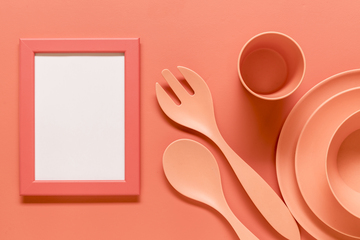Browse
Posted on: Smoke test group on UAT from Venturit team

Navigating Context
Smoke test playlist: 12 Jyotirlingas of Lord Shiv -- Edited
Authored by:
Vijaya

Posted on: Edited -- The Complete Workout Plan to Build Muscle

Justice and Belonging
Edited-- Playlist: The Build Muscle Training Plans
Authored by:
Scarlet Ethan Edien

Posted on 1: Edited -- The Complete Workout Plan to Build Muscle

Edited-- Playlist: The Build Muscle Training Plans
JUSTICE AND BELONGING
Authored by:
Scarlet Ethan Edien

Posted on: Introduce Books, Storytelling And Narration, Books play a vital role in both brain development

Justice and Belonging
Books play a vital role in both brain development and language skills -- Edited
Authored by:
Super Admin 1

Posted on 1: Introduce Books, Storytelling And Narration, Books play a vital role in both brain development

Books play a vital role in both brain development and language skills -- Edited
JUSTICE AND BELONGING
Authored by:
Super Admin 1

Posted on: Edited -- Time Management -- 1

Justice and Belonging
9 Types of Time Management Techniques
Authored by:
Derek Matin 935

Posted on: #iteachmsu

A heart attack occurs when the flow of blood to the heart is severely reduced or blocked.
Authored by:
Super Admin 1

Posted on 1: #iteachmsu

A heart attack occurs when the flow of blood to the heart is severely reduced or blocked.
Authored by:
Super Admin 1

Posted on: #iteachmsu

Assessing Learning
Types of cholesterol
Authored by:
Derek Matin 935

Posted on: #iteachmsu

Assessing Learning
Types of cholesterol
Authored by:
Derek Matin 935

Posted on: #iteachmsu

Disciplinary Content
Natural resources gifted by god -- Edited
Authored by:
Super Admin 1

